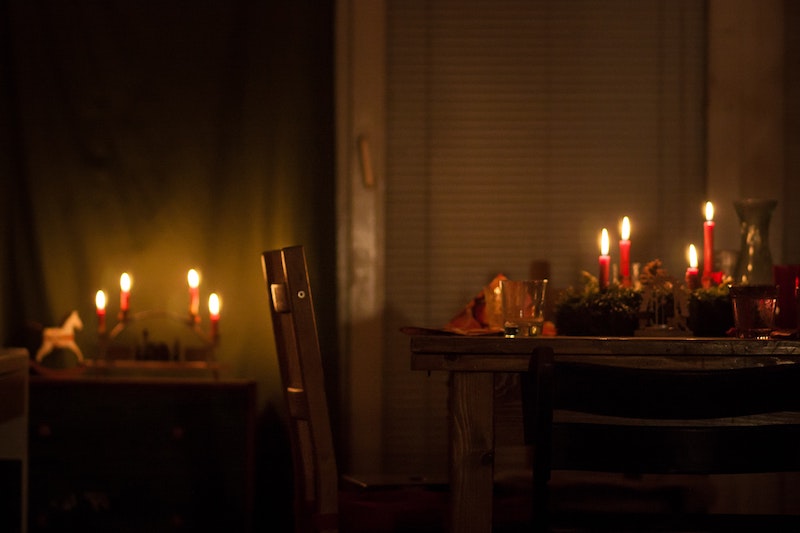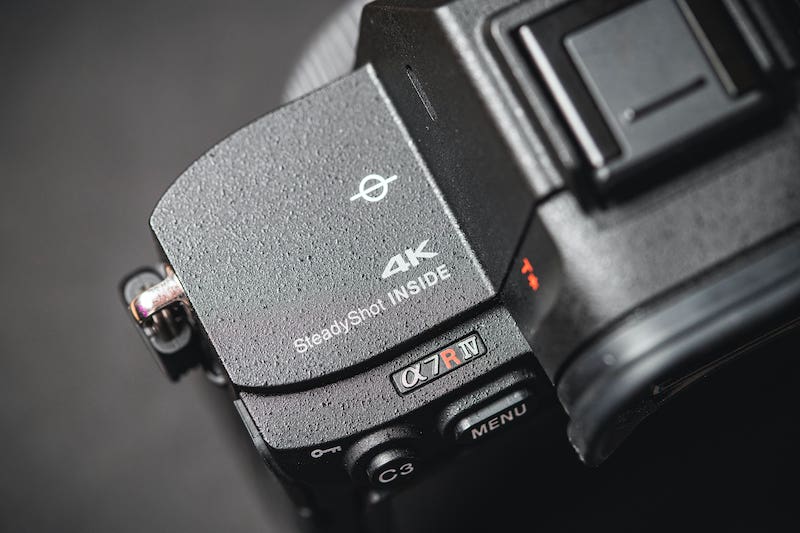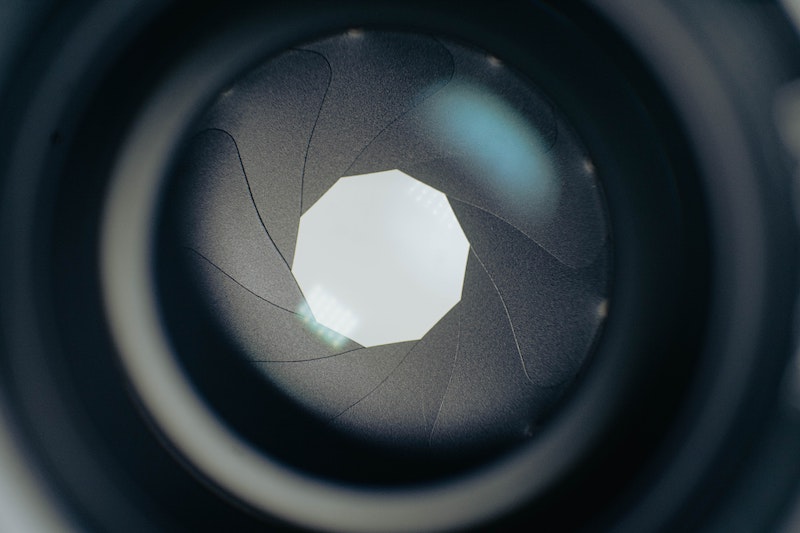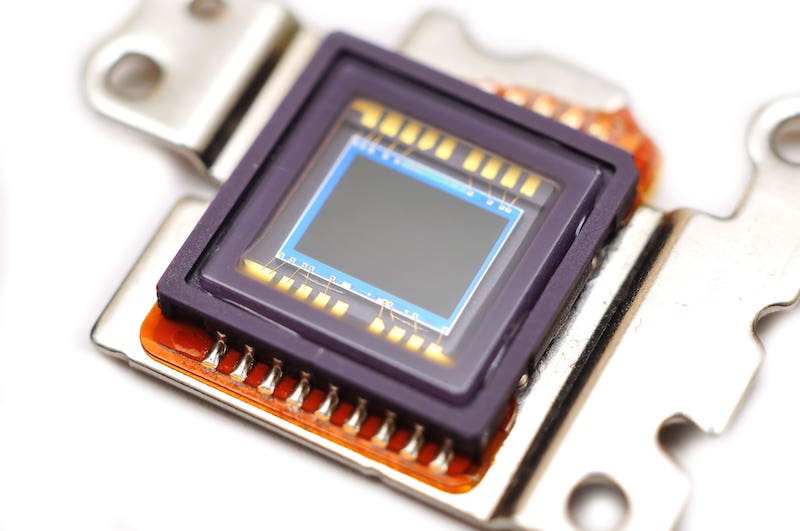The farthest a night vision camera can observe is about 150 meters (492 feet). The range the camera achieves depends on lens aperture, image sensor technology, and the size and number of infrared LED bulbs, among other things.
Night vision cameras that have a long viewing range won’t be necessary for everyone, but they are useful in giving users ample time to prepare should the camera detect intruders from afar. Long range night vision is also vital for use in vehicles.
Read on to learn about the factors that are important for excellent low-light surveillance, and get to grips with the different types of night vision technology used in security cameras.
Types of Night Vision Technology in Security Cameras
The old-school night vision technology that’s been used since at least the 1930s is the kind that most people imagine when they hear the phrase ‘night vision’. It’s instantly recognizable for its green tint, which is caused by a phosphor screen.
This kind of night vision works through what’s known as an ‘intensifier tube’, which can be described in layman’s terms as an extremely sensitive camera sensor. This isn’t used in security cameras.
Night vision in security cameras is based around infrared bulbs. Infrared is a form of light invisible to the human eye. By turning on infrared bulbs, an image can be produced in black and white even when there aren’t any significant sources of visible light.
Consumers might notice a few terms thrown around by security camera brands to describe night vision in security cameras, which are described below.
IR Night Vision
When visible light is diminished, infrared light bulbs will turn on to allow the device to create an image using infrared (non-visible) light. Users might notice dull red bulbs around the camera’s lens. These are IR lights, which essentially flood the lens’ field of view.
The wavelength of near infrared is around 850nm, which, technically, can still be slightly perceived by the human eye. IR bulbs produce a visible red glow because consumer security cameras operate around this wavelength.

By 940nm, infrared is totally invisible to the human eye. Infrared upwards of this wavelength would be necessary for totally covert surveillance that doesn’t create a red glow.
The resultant image will be produced in a monochromatic shade (black and white) to make it visible.
Color Night Vision
Many brands advertise their security cameras as having ‘color night vision’. This is a catch-all term for a camera that can produce some degree of colored imagery in dark environments, either in addition to or instead of the monochrome image that is produced through infrared alone. The specifics can differ.
Some ‘color night vision’ technologies don’t involve the use of infrared bulbs at all. AlfredCamera, for example, can create a color image in environments with diminished light sources using software-based low-light filters. Since this doesn’t involve infrared, there has to be some degree of visible light for it to work effectively, which is why adding night lights, spotlights, or flashlights to certain areas can be helpful.
Other devices will create a color image by combining the information captured using infrared bulbs with visible light sources. The resultant image isn’t ‘true’ color, but color determined by software, which is why it can often look slightly dull or gray. These devices generally have more sensitive camera sensors to allow them to capture greater levels of ambient visible light.
Starlight Night Vision
A term occasionally used in advertising for security cameras, DSLRs, and trail cameras, ‘starlight night vision’ refers to a camera with particularly sensitive image sensors and a very wide aperture. This allows the device to capture information from extremely weak sources of visible light (like the night sky; hence the name).

Much like ordinary IR night vision, these usually default to a black-and-white images because they cannot produce full-color images with such diminished light sources.
Again, these devices may or may not have infrared bulbs surrounding the lens to help produce the image.
When Should I Use Infrared Night Vision?
Security camera night vision facilitated through infrared bulbs won’t always be necessary, nor guarantee the longest range depending on how it is being used.
For example, having a security camera against a window is a very common placement option. However, infrared night vision rarely works when the camera is placed against glass because the red-colored infrared bulbs reflect back into the lens. Depending on the size and number of IR bulbs, this will obscure the image to differing degrees.
That’s why many security cameras, including Google Nest Cam and Ring Stick Up Cam, allow for the bulbs to be either automatically turned off or dimmed when the device is pushed against a window. Software then aids in producing a clear image in the dark. As such, infrared night vision works best outside, where there are fewer surfaces that will cause reflections.
Likewise, baby monitoring rarely requires infrared night vision, because small ambient lights, like night lights, will usually provide sufficient levels of visible light to produce an image using software-based night vision.
How to Increase the Range and Performance of a Night Vision Camera
There are several factors that determine the range and performance of a night vision security camera.
Number of IR LEDs
Infrared night vision is created using infrared bulbs. The exact number of LEDs used differs from camera to camera. The number of them has an impact on the range that can be achieved.
Generally speaking, the more there are, the better the range, but the actual number of LEDs there are depends largely on camera size and purpose.

For example, a security camera with 8 IR LED lights might be effective up to 40 feet, while 64 IR LEDs (an unheard of amount in consumer security cameras) could support a viewing distance of 250 feet.
The average number of IR bulbs for home security cameras is somewhere between 6 and 8. AlfredCam’s excellent night vision, for example, is produced using 6 IR LEDs.
Ambient Light
Since most infrared night vision cameras advertise themselves as being capable of ‘color night vision’, this means that the degree of ambient visible light in the observed area will affect the achievable range.
Google, for example, specifies that increasing light sources will improve the range of night vision in the Nest Cam.

Some experimentation will be necessary in order to make the best of the night vision technology without causing significant light pollution, which can be irritating for neighbors at night.
Resolution
A camera’s resolution plays a big part in how ‘clear’ the resultant image looks. It refers to the number of pixels in the image, commonly expressed as terms like ‘1080p’ or ‘4K’. The higher the number of pixels, the more clarity and detail the image has.
As such, higher resolution images are helpful for improving how clear an image produced through infrared ultimately is.

Because IR night vision is monochromatic, detail can be thought of as even more important than it is in a full-color image captured in visible light, because it’s essential for discerning what’s actually occurring in the image. It makes it easier to make out the things that are farthest away from the lens.
Lens Aperture
Aperture is the opening through which light enters the lens. Like an eye, the size of this opening shifts as more or less visible light enters it. The size of the aperture is therefore fundamental to obtaining a clear image in the dark with decent range.
In the dark, the opening must be much wider in order to let in as much light as possible. This is called a large aperture. The larger the aperture, the farther the security camera will be able to see in the dark.

Unfortunately, it’s safe to assume that there are zero IP security cameras on the market that actually allow users to manipulate aperture manually. High-end devices, like those provided by Arlo, have larger apertures than budget-friendly devices, allowing for a longer night vision range.
Image Sensor
Alongside aperture, how much a security camera can see in the dark is determined by the image sensor. The image sensor captures the light that hits the lens, as determined by the aperture, and then converts it into a signal.
Because of this, a security camera’s sensor needs to be capable of high imaging performance in near-infrared light and in well-lit environments. A strong image sensor can instantly and accurately respond to variations in light.

The size of an image sensor is typically between 1/1.7” and ⅓”. Brands sometimes list these specs to advertise the camera’s capability. Generally, the larger the sensor, the better it will perform in darkness (and the wider its field of view will be).
FAQ
Do night vision cameras work in complete darkness?
Yes, night vision cameras work in complete darkness using different mechanisms. An infrared or IR night vision camera has integrated LED lights that infrared light waves to create a monochromatic image. Generally, moderate degrees of visible ambient light helps improve range.
How to see clearer at night?
Security camera placement plays a big role in seeing clearer at night. Avoid the window, which will reflect infrared bulbs back into the lens. Prioritize spaces with no possibility of reflections obscuring the image.
Do night vision cameras emit light?
Night vision cameras emit near-infrared light using infrared LED bulbs, usually found in a ring around the camera’s lens. This floods the camera’s field of view to create an image in darkness Infrared is invisible to the human eye.
How far away can a wireless security camera work?
A wireless security camera works from 10 to 250 feet, depending on the position, distance between the router and the camera, bandwidth, channel, and product technical specifications.
Pick up some tips on how to extend Wi-Fi range and learn more about how far security cameras can work.
How far can outdoor security cameras see?
An outdoor security camera can see between 40 and 500 feet, depending on the camera’s focal length, lens quality, location, zooming capability, aperture, and ISO, among other things
What is the best outdoor security camera with night vision?
The best night vision camera outdoor type depends on specific needs. For instance, the Lorex 4K Ultra HD is perfect for those wanting high-quality, high-resolution images with full-color night vision. For a high quality Wi-Fi security camera with night vision capabilities, the Arlo Pro 4 is an excellent choice. Homeowners on a tight budget consider the Wyze Cam V3 the best outdoor security camera with night vision.
How far can a 360 camera see?
Some 360 security cameras have viewing distances as far as 200 feet. Most devices have auto-motion tracking and advanced pan-tilt-zoom (PTZ) functionality, such as the Wyze Cam Pan V2. It allows security cameras to acquire, track, and focus on any movement within its field of view.
Conclusion
The range of a security camera, regardless of whether it is being used in light or dark environments, relies on the same variables: available light sources, resolution, zoom capacity, aperture, image sensor, placement, and so on.
Infrared bulbs provide the most reliable way for a security camera to create an image in the dark that has decent range, but indoor spaces with existing ambient light can benefit equally from software-based night vision.
Recommended reading: Flying Bugs on your Night Vision Camera? Here’s How to Stop Creepy-Crawlies Triggering your Security Cameras
